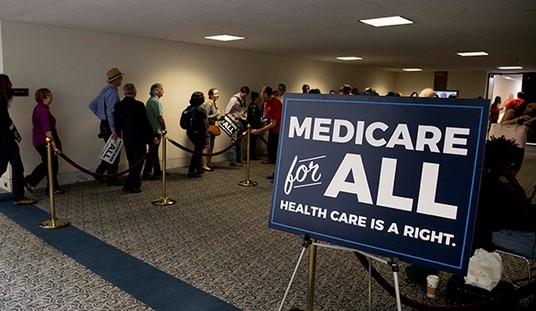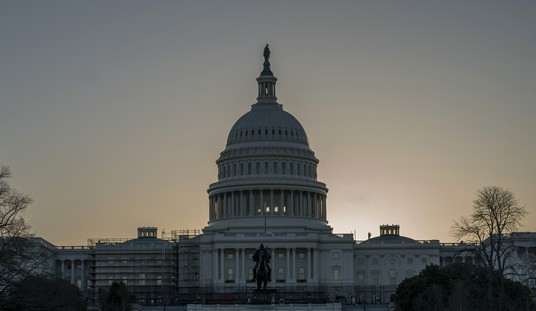I ride my bike to work. It seems so pure.
We're constantly urged to "go green" -- use less energy, shrink our carbon footprint, save the Earth. How? We should drive less, use ethanol, recycle plastic and buy things with the government's Energy Star label.
But what if much of going green is just bunk? Al Gore's group, Repower America, claims we can replace all our dirty energy with clean, carbon-free renewables. Gore says we can do it within 10 years.

"It's simply not possible," says Robert Bryce, author of "Power Hungry: The Myths of 'Green' Energy." "Nine out of 10 units of power that we consume are produced by hydrocarbons -- coal, oil and natural gas. Any transition away from those sources is going to be a decades-long, maybe even a century-long process. ... The world consumes 200 million barrels of oil equivalent in hydrocarbons per day. We would have to find the energy equivalent of 23 Saudi Arabias."
Bryce used to be a left-liberal, but then: "I educated myself about math and physics. I'm a liberal who was mugged by the laws of thermodynamics."
Bryce mocked the "green" value of my riding my bike to work:
"Let's assume you saved a gallon of oil in your commute (a generous assumption!). Global daily energy consumption is 9.5 billion gallons of oil equivalent. ... So by biking to work, you save the equivalent of one drop in 10 gasoline tanker trucks. Put another way, it's one pinch of salt in a 100-pound bag of potato chips."
How about wind power?
"Wind does not replace oil. This is one of the great fallacies, and it's one that the wind energy business continues to promote," Bryce said.
Recommended
The problem is that windmills cannot provide a constant source of electricity. Wind turbines only achieve 10 percent to 20 percent of their maximum capacity because sometimes the wind doesn't blow.
"That means you have to keep conventional power plants up and running. You have to ramp them up to replace the power that disappears from wind turbines and ramp them down when power reappears."
Yet the media rave about Denmark, which gets some power from wind. New York Times columnist Thomas Friedman says, "If only we could be as energy smart as Denmark."
"Friedman doesn't fundamentally understand what he's talking about," Bryce said.
Bryce's book shows that Denmark uses eight times more coal and 25 times more oil than wind.
If wind and solar power were practical, entrepreneurs would invest in it. There would be no need for government to take money from taxpayers and give it to people pushing green products.
Even with subsidies, "renewable" energy today barely makes a dent on our energy needs.
Bryce points out that energy production from every solar panel and windmill in America is less than the production from one coal mine and much less than natural gas production from Oklahoma alone.
But what if we build more windmills?
"One nuclear power plant in Texas covers about 19 square miles, an area slightly smaller than Manhattan. To produce the same amount of power from wind turbines would require an area the size of Rhode Island. This is energy sprawl." To produce the same amount of energy with ethanol, another "green" fuel, it would take 24 Rhode Islands to grow enough corn.
Maybe the electric car is the next big thing?
"Electric cars are the next big thing, and they always will be."
There have been impressive headlines about electric cars from my brilliant colleagues in the media. The Washington Post said, "Prices on electric cars will continue to drop until they're within reach of the average family."
That was in 1915.
In 1959, The New York Times said, "Electric is the car of the tomorrow."
In 1979, The Washington Post said, "GM has an electric car breakthrough in batteries, now makes them commercially practical."
I'm still waiting.
"The problem is very simple," Bryce said. "It's not political will. It's simple physics. Gasoline has 80 times the energy density of the best lithium ion batteries. There's no conspiracy here of big oil or big auto. It's a conspiracy of physics."

























Join the conversation as a VIP Member